The Timeline
The Psyche Mission consists of six phases, labeled A-F. These phases span from initial studies and selection of the mission by NASA for its Discovery Program, through building and testing of instruments and the spacecraft, to launch, cruise, and arrival at the asteroid and finally to orbit and the closeout of the mission. Scroll below to follow the journey of Psyche through the phases of the mission.
Phase A
Concept Study
- In September of 2015, the Psyche Mission (as it was proposed in Step 1) was selected by NASA to develop a detailed concept study for consideration for NASA’s Discovery Program. (Step 1 is the initial proposal stage; the team had been working on the idea since 2011 and submitted a 256 page Step 1 proposal that was selected for the Phase A concept study.)
- A large team worked on the study, led by the Principal Investigator, Lindy Elkins-Tanton, and consisting of an expansive team that included scientists, engineers, project managers, schedulers, financial modelers, graphic designers, and marketing leads from ASU, JPL, Maxar Technologies, as well as more than a dozen other universities and research organizations.
- The team submitted the ~1,000-page concept study in August of 2016.
- In November of 2016, the team presented the proposed mission to 30 NASA reviewers during a nine-hour “site visit” which included a tour of Maxar’s high bay, where the Psyche chassis will be built.
- The site visit is an intense, highly technical in-person review done by a select group of science, technical, and industry experts. They review every detail of the proposed mission, from concept and design, to execution and science application, as well as how the mission personnel from different institutions work together as a team.
- Following the site visit, the Principal Investigator presented to NASA’s Associate Administrator.
- On January 4 of 2017, the Psyche Mission’s selection for flight was announced by NASA.
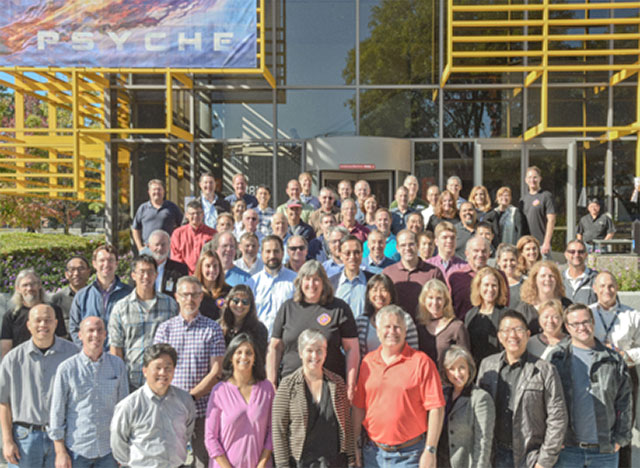
Phase B
Preliminary Design of All Instruments & Spacecraft
- Science and engineering teams on the mission designed the spacecraft and the instruments that will be used to analyze the asteroid.
- March 2019, the team completed project and flight system Preliminary Design Review.
- May 2019, the team reached Key Decision Point C, which gave the team the official approval to move to the next phase (Phase C).
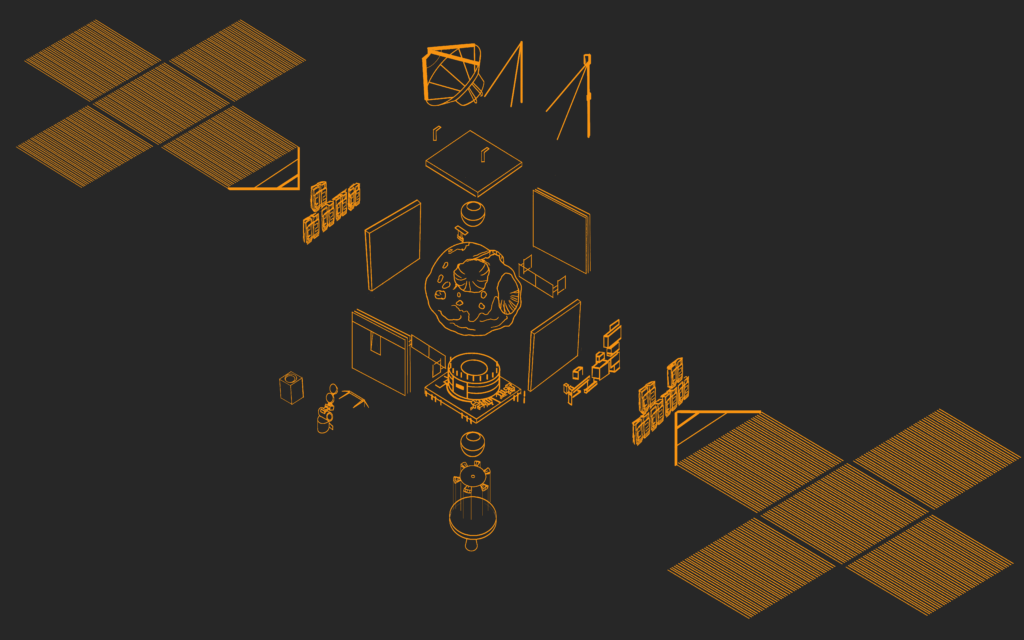
Phase C
Final Design & Subsystem Fabrication, Assembly, & Test
- Science and engineering teams begin to build their instruments.
- The instruments consist of a magnetometer, a multispectral imager, and a gamma ray and neutron spectrometer.
- The mission will use an X-band radio telecommunications system to measure Psyche’s gravity field to high precision. When combined with topography derived from onboard imagery, this will provide information on the interior structure of Psyche.
- The mission will also test a sophisticated new laser communication technology that encodes data in photons (rather than radio waves) to communicate between a probe in deep space and Earth. Using light instead of radio allows the spacecraft to communicate more data in a given amount of time.
- May 2020, the teams undergo Project and Flight System Critical Design Review, this is an integral step in the instrument engineering process.
- The bus or “body” of the spacecraft is completed by May 2020.
- In January 2021, the team conducts the Systems Integration Review to ensure that the system is ready to be integrated. The last step in Phase C is Key Decision Point D that gives the team the official approval to move to the next phase.
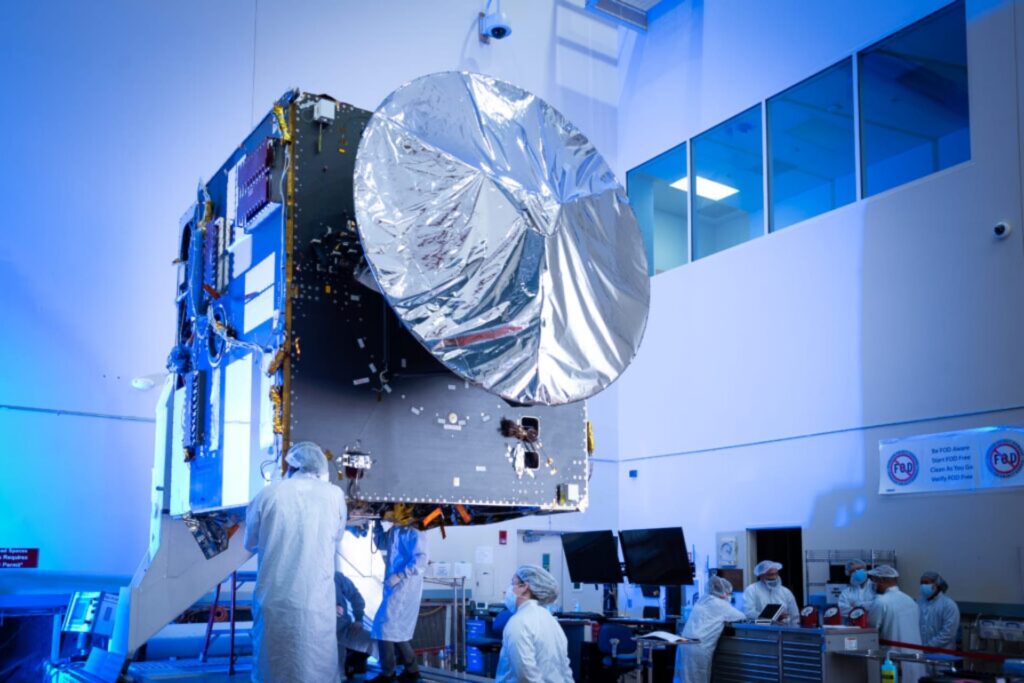
Phase D
Important mission milestones occur in Phase D, including:
- Instrument and spacecraft assembly and testing.
- Shipping the spacecraft to the launch site.
- Mission launch.
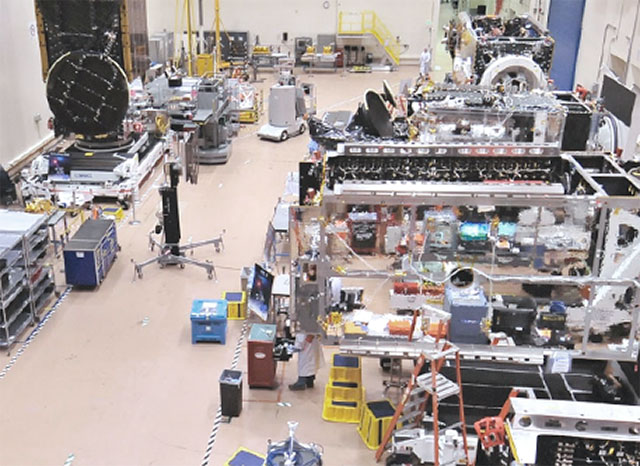
Instrument & Spacecraft Assembly & Test
- During this phase, all the spacecraft subsystems are integrated onto the spacecraft bus.
- The spacecraft undergoes vibration testing.
- The spacecraft undergoes environmental thermal-vacuum testing.
- The spacecraft undergoes electromagnetic interference, electromagnetic compatibility testing.
- The team conducts the Operations Readiness Review to ensure the system, procedures, and all supporting software and personnel are ready and fully operational. Before launch, the team conducts Key Decision Point E that determines readiness to conduct post launch operations.
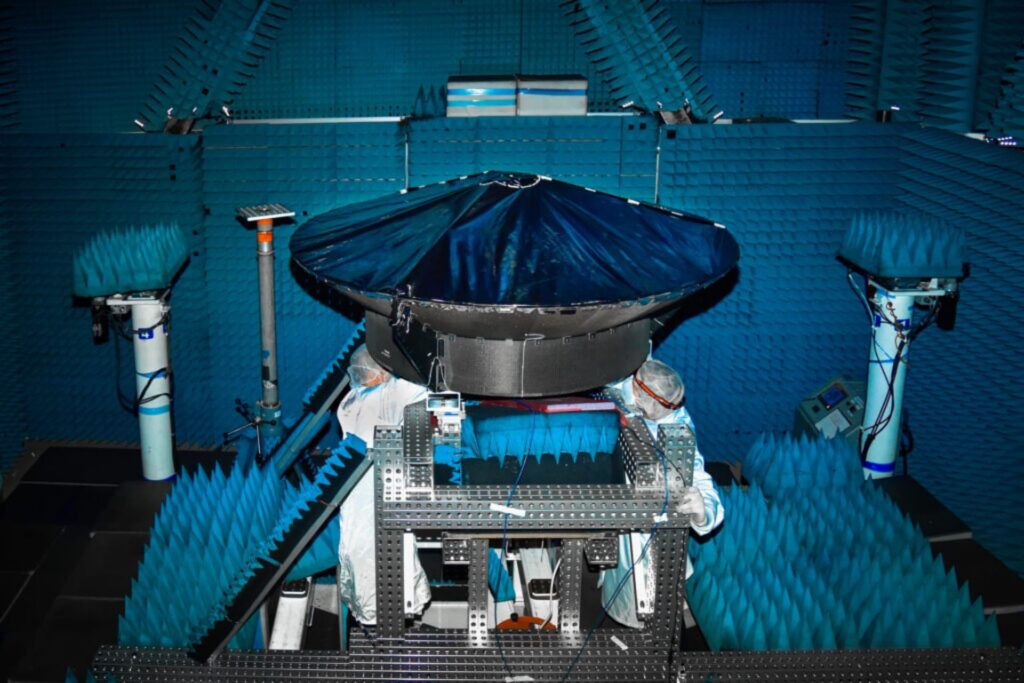
Spacecraft Shipped to Launch Site
- The Psyche spacecraft, now fully assembled, includes solar panels, which fold during transport and launch.
- The spacecraft measures about 81 feet long (24.76 meters) when the solar panels are unfolded. This is about the size of a singles tennis court.
- The body of the spacecraft is about 10 feet long (3.1 meters) and almost 8 feet (2.4 meters) wide.
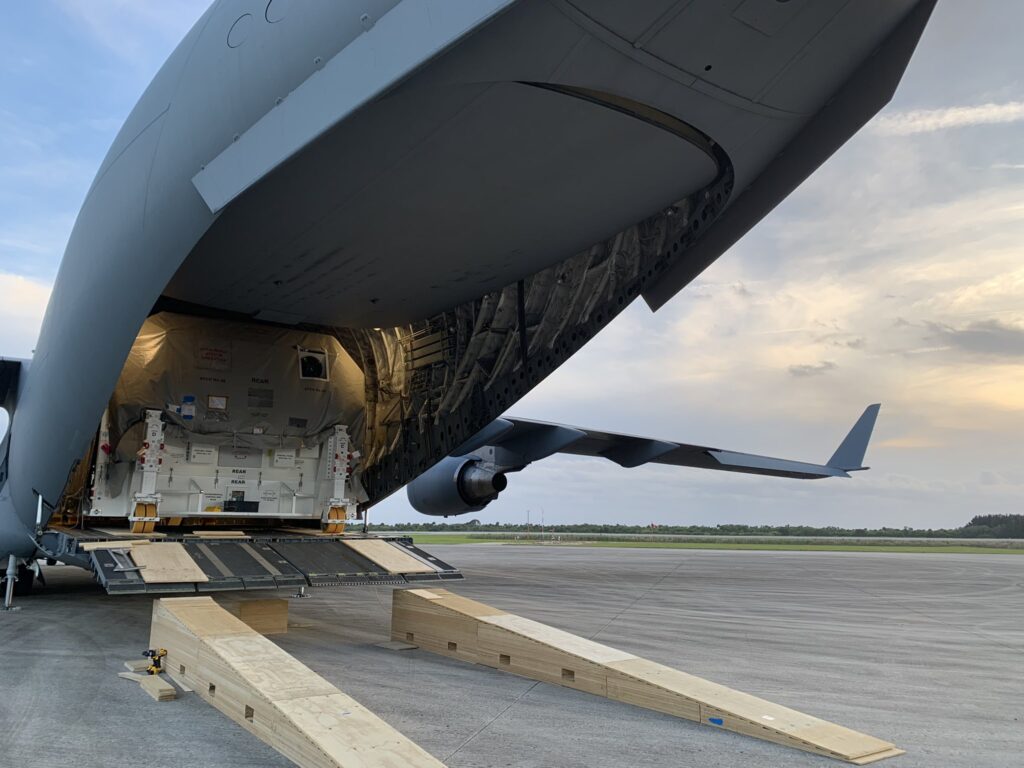
Mission Launch
- At the launch site the team conducts an entire re-check of the spacecraft before integrating into the launch vehicle.
- The spacecraft launches. Psyche launched at 10:19 a.m. EDT Friday, October 13, 2023 aboard a SpaceX Falcon Heavy rocket from Launch Pad 39A at NASA’s Kennedy Space Center in Florida.
- Once in space, the spacecraft travels using solar-electric propulsion.
- It arrives at the asteroid, located in the main asteroid belt between Mars and Jupiter.
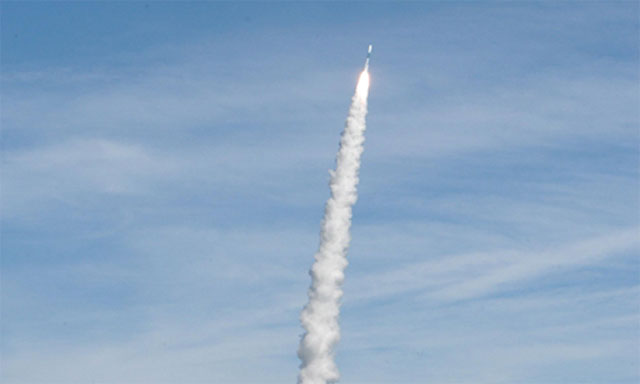
Phase E
We Are Here
Phase E of the mission encompasses:
- Cruise (the activity that occurs between launch and the encounter with Psyche), including a Mars gravity assist.
- Arrival at the asteroid.
- Orbiting the asteroid.
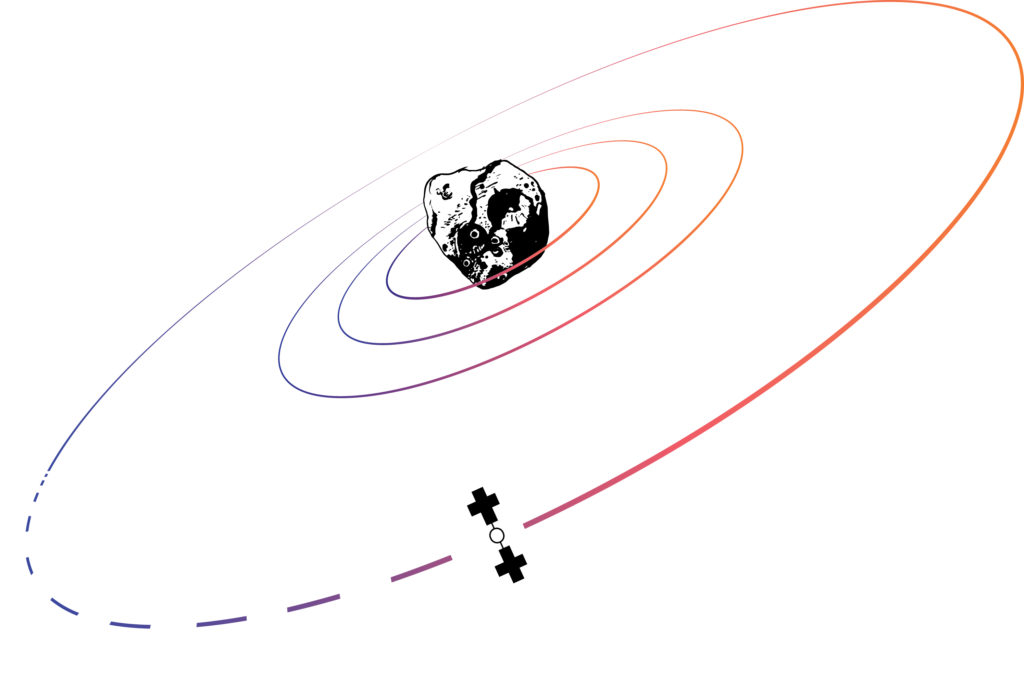
Cruise and Mars Gravity Assist
- Phase E includes cruise, arrival at the asteroid, and orbiting.
- The spacecraft uses the gravity of Mars to increase speed and to set its trajectory to intersect with Psyche’s orbit around the Sun.
- It does this by entering and leaving the gravitational field of Mars.
- This slingshot maneuver saves propellant, time and expense.
Arrival and Orbiting Psyche
- Leading up to arrival at Psyche, the spacecraft spends 100 days in the approach phase.
- The spacecraft also measures the asteroid’s spin axis and rotation.
- The spacecraft orbits the asteroid.
- It performs science operations from four different orbits, each successively closer to the asteroid.
- In each orbit, the instruments on board send data back to Earth to be analyzed by the mission’s science team.
Phase F
Mission Closeout
In this final phase, the mission team provides all remaining deliverables and safely decommissions the space flight systems.

